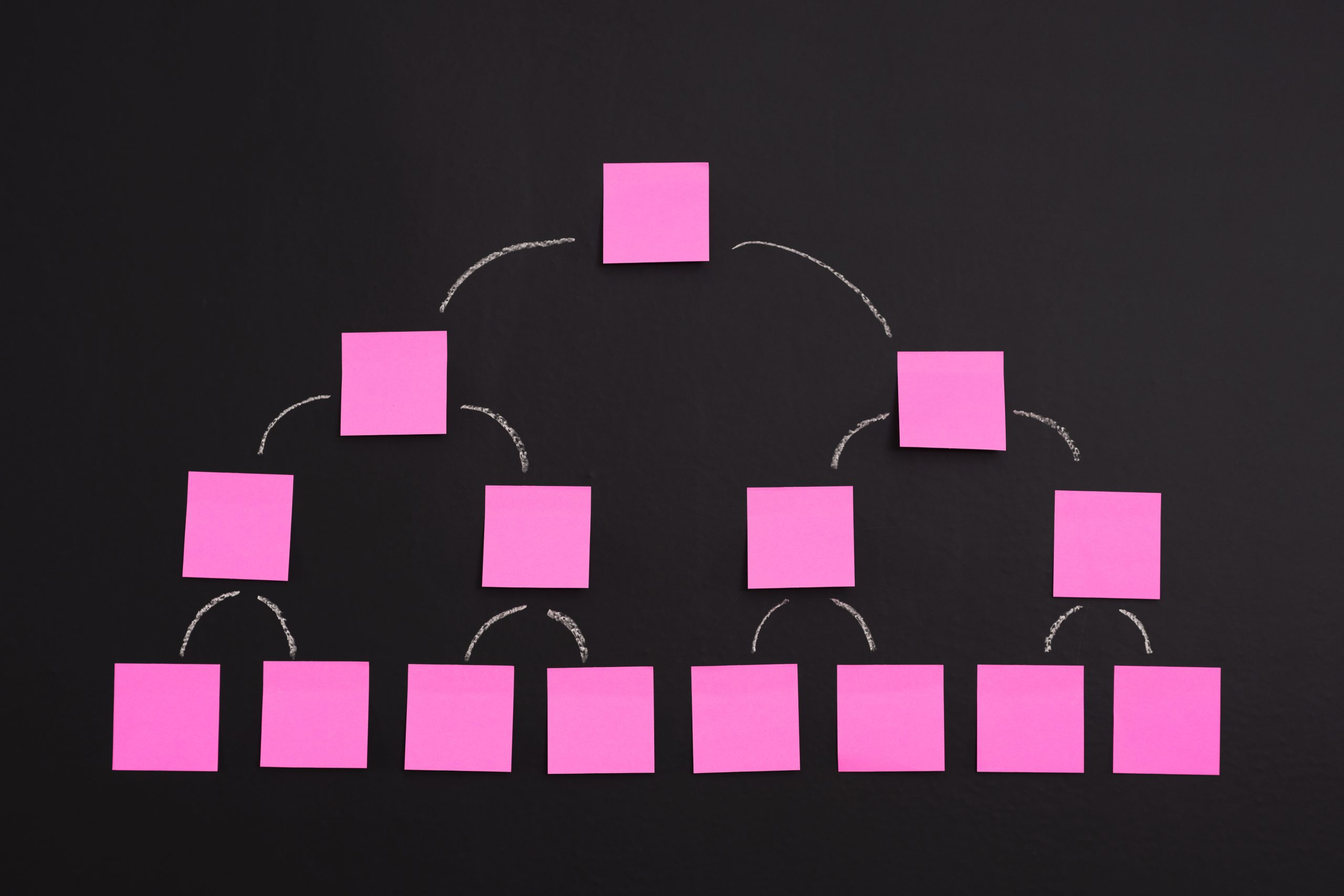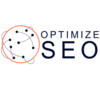Technical SEO
Technical SEO is the process of improving a website’s technical components. Technical SEO is used to raise a website’s exposure and position in search engines. It’s all about making your website search engine friendly and easy to navigate.
Some important points to understand technical SEO include
- Website structure: Everything has a structure and so does your website. Website structure is how your pages are organized and linked together.
- Website speed: Speed really matters when it comes to browsing a website. The audience doesn’t prefer opening websites that take longer to load. How quickly your website loads is important.
- Mobile-friendliness: Users mostly browse the internet on their mobile phones. Your website must be able to open on mobile screens. How well your website adapts to different screen sizes is another important aspect.
- Crawlability: Technical SEO includes ensuring search engines can access and index your pages properly.
- Indexability: Technical SEO also makes sure your pages are eligible to appear in search results.
- XML sitemaps: Technical SEO helps in creating a roadmap for search engines.
- Robots.txt: These tools also help in controlling search engine access to certain parts of your website.
- Error handling: These tools are also used to fix broken links (404 errors) and redirects.
A solid SEO strategy is built on technical SEO. It guarantees that your website is search engine optimized, which eventually may result in higher search engine ranks and more natural traffic.
Content SEO
Content SEO is the process of improving the content on your website. Content SEO is used to increase the website’s exposure in search engine results. It involves creating high-quality, appropriate, and engaging material that responds to visitors’ search queries.
Some important points to understand content SEO
- Keyword research: Content SEO identifies relevant keywords and phrases that your target audience is searching for.
- Content creation: It develops informative and valuable content that addresses user needs.
- On-page optimization: Content SEO incorporates keywords naturally into your content, headings, and meta descriptions.
- Content structure: It organizes your content in a clear and easy-to-read format.
- Content promotion: It also shares your content on social media and other platforms.
Producing content that people and search engines enjoy is the aim of content SEO. You may raise your website’s search engine ranks, get more traffic, and establish credibility and authority by concentrating on producing high-quality content that speaks to your target audience.
Technical SEO vs. Content SEO
Two key elements of an effective search engine optimization (SEO) plan are technical SEO and content SEO.
They collaborate while concentrating on various aspects of a website.
Technical SEO
Technical SEO involves dealing with the internal workings of a website that influence how search engines index, crawl, and rank pages. It has to do with maximizing your website’s technological infrastructure.
- Essential Areas: Important topics include robots.txt, server settings, XML sitemaps, mobile friendliness, site speed, and site structure.
- Goal: The objective is to design a website that search engines can easily navigate and understand.
Content SEO
Content SEO is about creating high-quality, relevant, and engaging content that responds to users’ search queries. It is the goal of content SEO. In order to raise your content’s search engine ranking, you must optimize it for particular keywords and phrases.
- Essential Areas: Important topics include content production, optimization, promotion, and keyword research.
- Goal: The objective is to draw in and keep users by offering insightful content.
Technical SEO vs Content SEO
- Technical SEO is the foundation of a website, ensuring it’s accessible and efficient.
- Content SEO is the building on that foundation, creating content that is relevant and engaging for users and search engines.
To rank highly in search engines and generate organic traffic, both are essential. It takes a balance between technical and content optimization for an SEO strategy to be effective.
Comparing Technical SEO with Content SEO
Technical SEO involves enhancing the technical aspects of a website. Technical SEO is utilized to enhance a website’s visibility and ranking on search engines. The key is to ensure that your website is optimized for search engines and is user-friendly for easy navigation.
There are key aspects to grasp in technical SEO, such as:
Website layout: Just like everything else, your website also has a structure. The arrangement of pages and their connections on a website is known as website structure. Website speed is crucial for an optimal browsing experience. The viewers tend to avoid websites that have slow loading times. The speed at which your website loads is crucial.
Mobile-friendliness: The majority of users access the internet through their smartphones. Your website needs to be capable of opening on mobile devices. The ability of your website to adjust to varying screen sizes is also crucial.
Crawlability is a key aspect of technical SEO, which involves guaranteeing that search engines can properly reach and index your pages.
Indexability: Technical SEO ensures that your pages meet the requirements to show up in search results. XML sitemaps assist in constructing a guide for search engines through Technical SEO.
Robots.txt: These tools are useful for managing which areas of your website search engines can access. Error handling tools are utilized for repairing broken links (404 errors) and redirects.
A strong SEO plan relies on technical SEO. It ensures that your website is optimized for search engines, which could lead to improved search engine rankings and increased organic traffic.
Content SEO: Content SEO involves enhancing the content found on your website. Content SEO is utilized to enhance the visibility of a website in search engine rankings. It includes developing top-notch, relevant, and captivating content that addresses the search queries of visitors.
Keyword research in Content SEO helps find important keywords and phrases that your desired audience is looking for.
Creation of content: Producing useful and informative material tailored to meet user requirements.
Optimizing on-page: Content SEO involves seamlessly integrating keywords into your content, headers, and meta descriptions.
Organizing your content in a clear and easy-to-read format is the function of content structure.
Content promotion involves sharing your content on social media and other platforms as well.
The goal of content SEO is to create content that is appreciated by both people and search engines. Focusing on creating top-notch content tailored to your target audience can help improve your website’s search engine rankings, increase traffic, and boost credibility and authority.
Technical SEO and content SEO are essential components of a successful search engine optimization (SEO) strategy.
They work together focusing on different elements of a website.
SEO that focuses on optimizing website structure, coding, and other technical aspects.
Technical SEO focuses on the inner workings of a website that impact how search engines index, crawl, and rank pages. It involves optimizing the technological framework of your website.
Key Areas: Critical subjects encompass robots.txt, server configurations, XML sitemaps, mobile compatibility, website speed, and website framework.
Objective: The goal is to create a website that is easy for search engines to navigate and comprehend.
SEO for content marketing
Content SEO involves producing top-notch, pertinent, and captivating content that addresses the search queries of users. The objective of content SEO. To improve your content’s ranking on search engines, you need to optimize it for specific keywords and phrases.
Crucial Topics: Key subjects consist of creating content, optimizing, promoting, and conducting keyword research.
Objective: Attract and retain users through the provision of valuable content.
SEO techniques can be broadly categorized into two main types: Technical SEO and Content SEO.
Technical SEO serves as the base of a website, guaranteeing its accessibility and effectiveness.
SEO content involves creating material that is both interesting and pertinent to users and search engines, building upon a strong foundation. Both are necessary in order to have a strong presence in search engine rankings and increase natural website traffic. For an SEO strategy to work well, a mix of technical and content optimization is needed.








